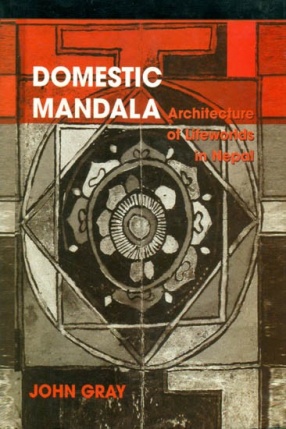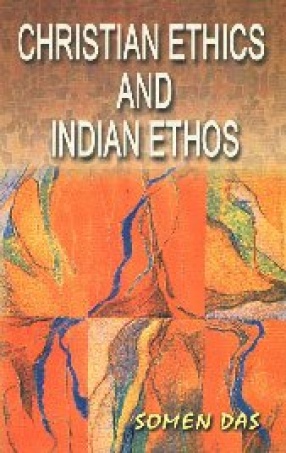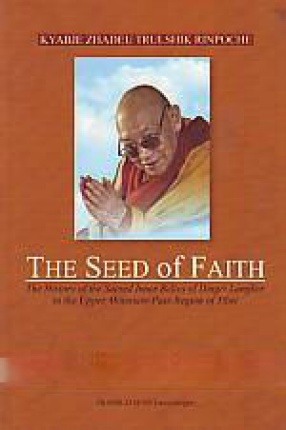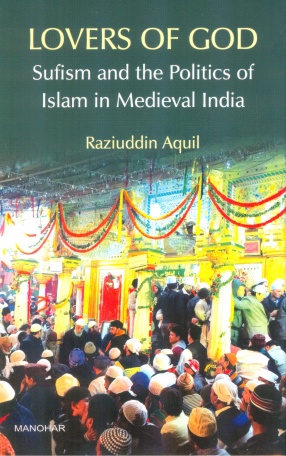A rich and fascinating ethnography of domestic architecture and activities among the high caste chhetris of Kholagaun in Nepal, this book focuses on the spatial organization, everyday activites and ritual performances that generate and display Chhetri houses as ‘mandalas’, sacred diagrams that are both maps of the cosmos and machines for revelation.
Describing the orientation and layout of the Chhetri house and surrounding compound: it shows how the orientation and distribution of everyday social activities with the domestic activities with the domestic mandala shape people’s experience of the enigmas of their lifeworld as householders; and analyses the double significance of rituals that take place in the domestic mandala.
By treating the Nepali house as more than just the background of people’s everyday life, the author reveals the Chhetri everyday lifeworld as a revelation of Hindu tantric cosmology, its enigmatic illusion and the path to liberation from it. The themes addressed in the book make a unique contribution to the fields of anthropology, architecture and human geography.





There are no reviews yet.